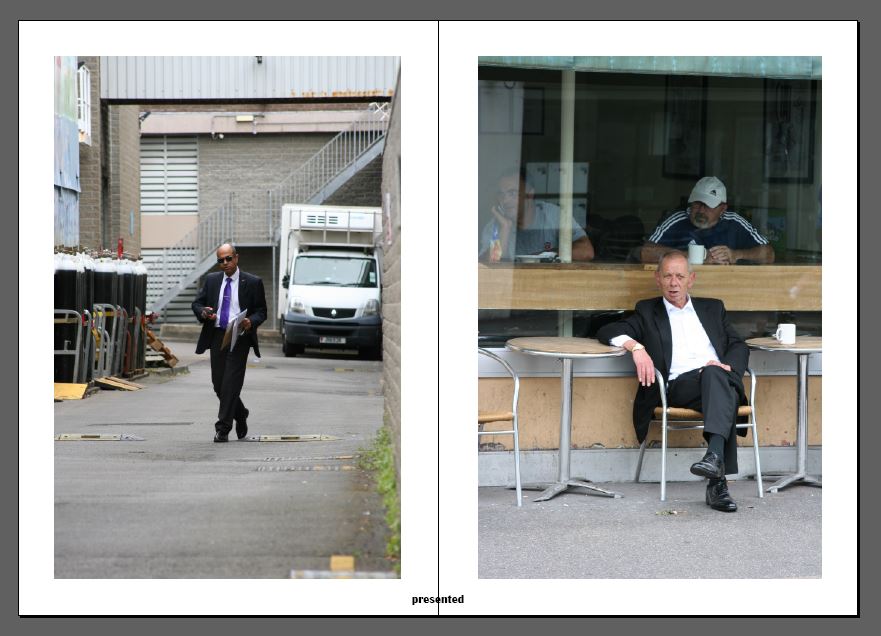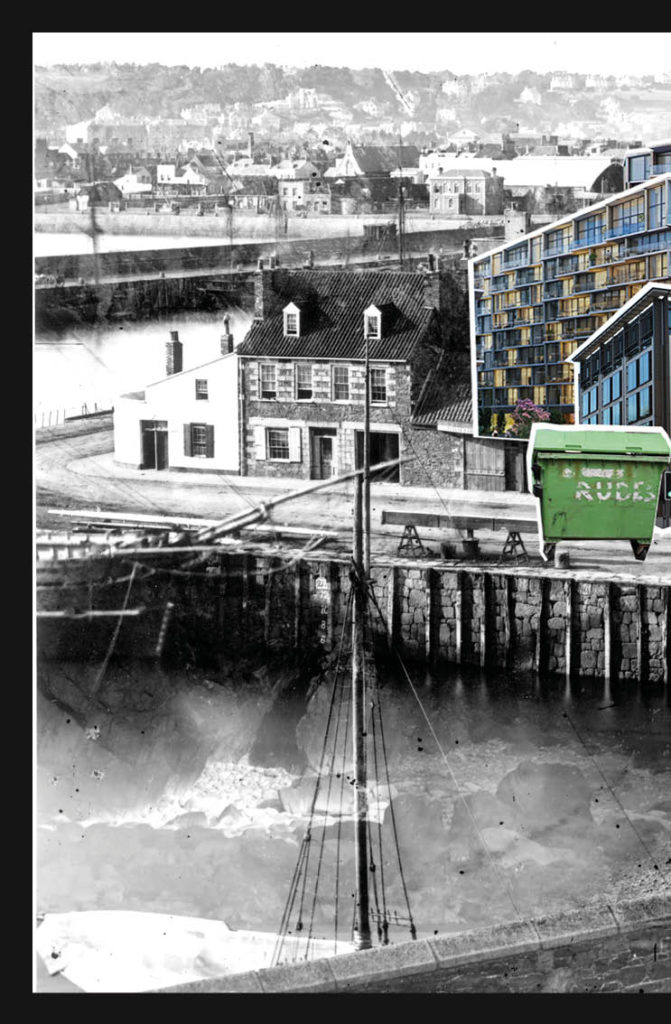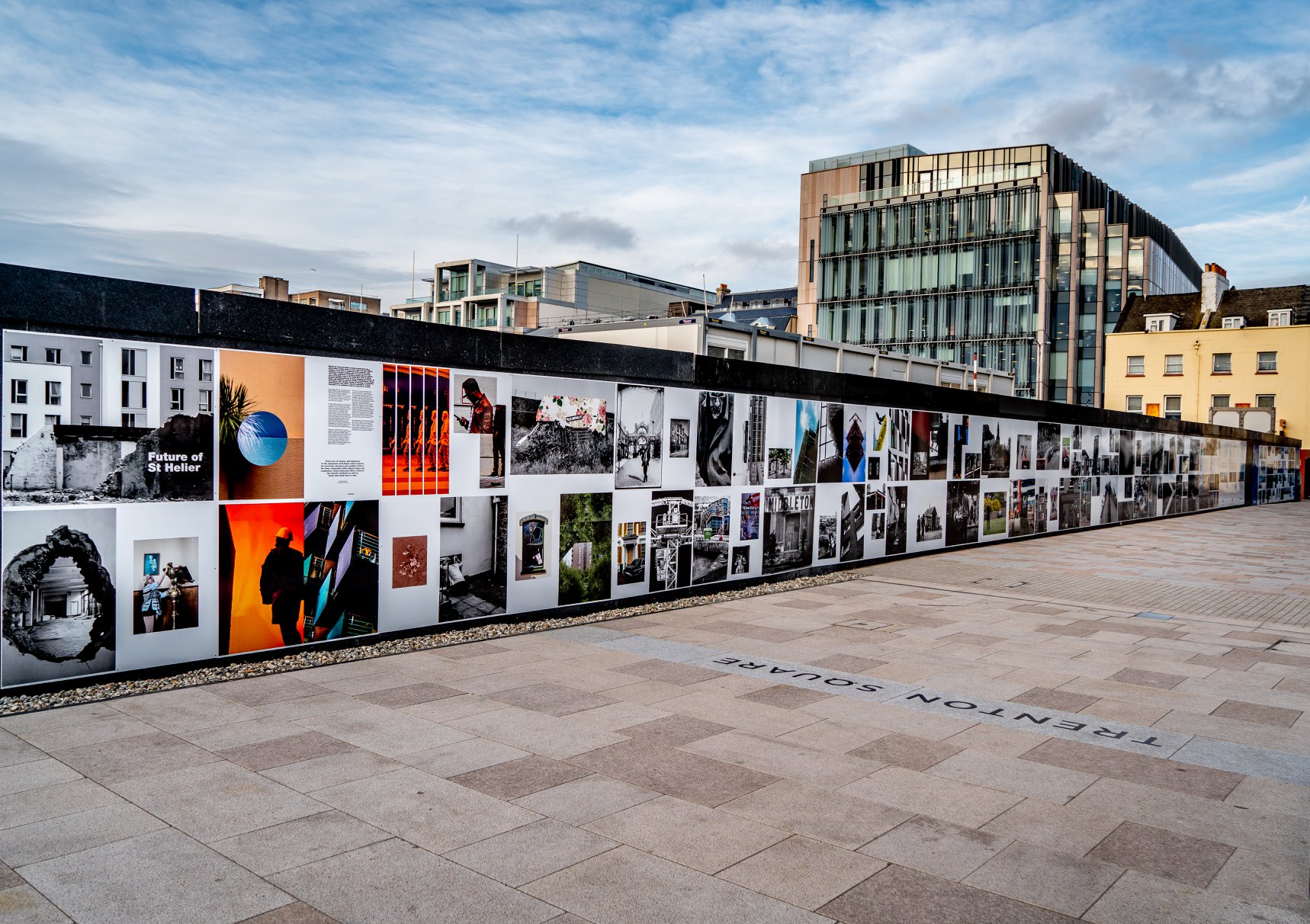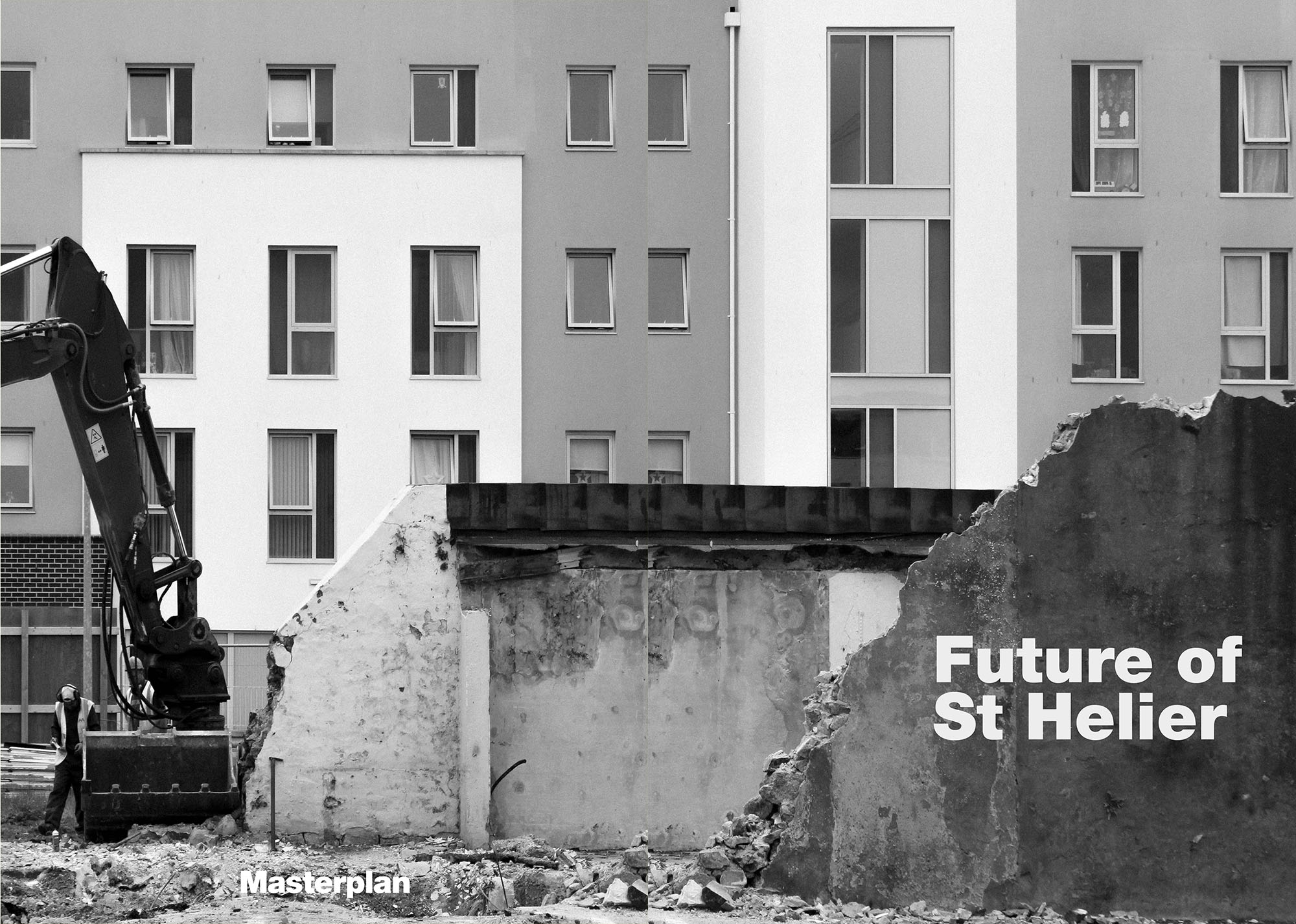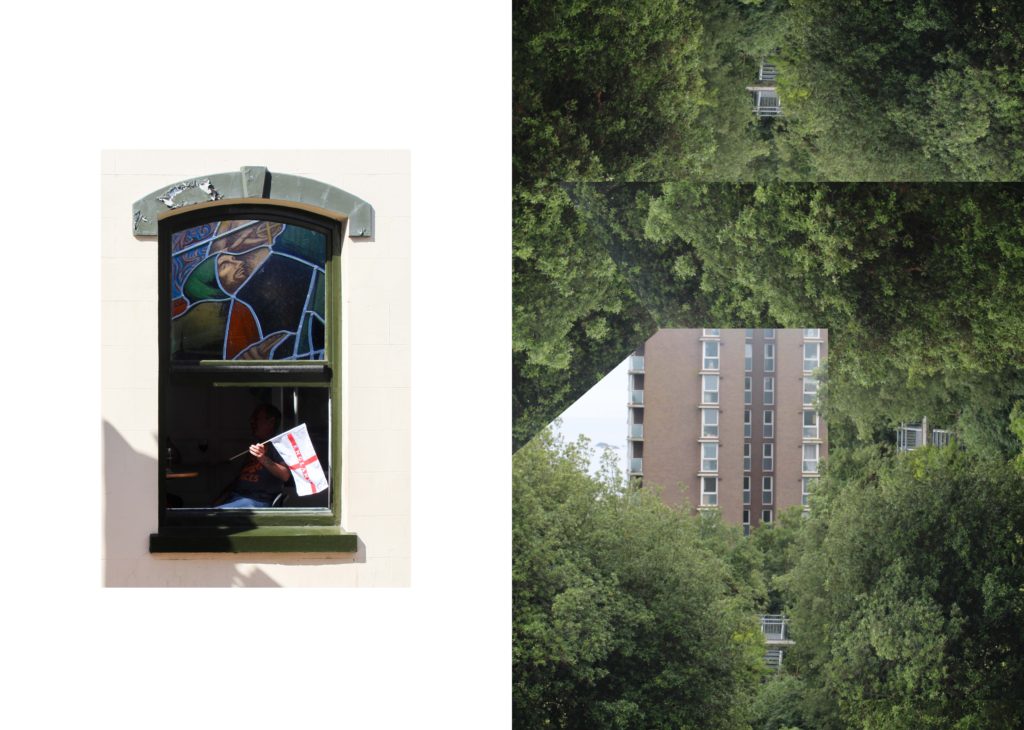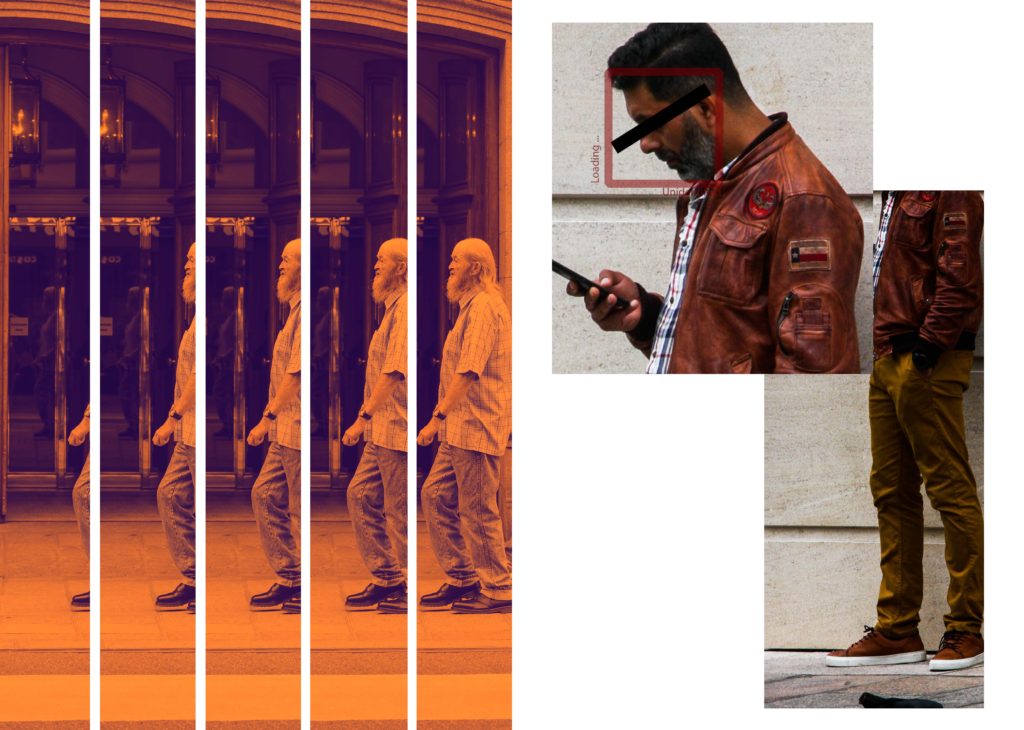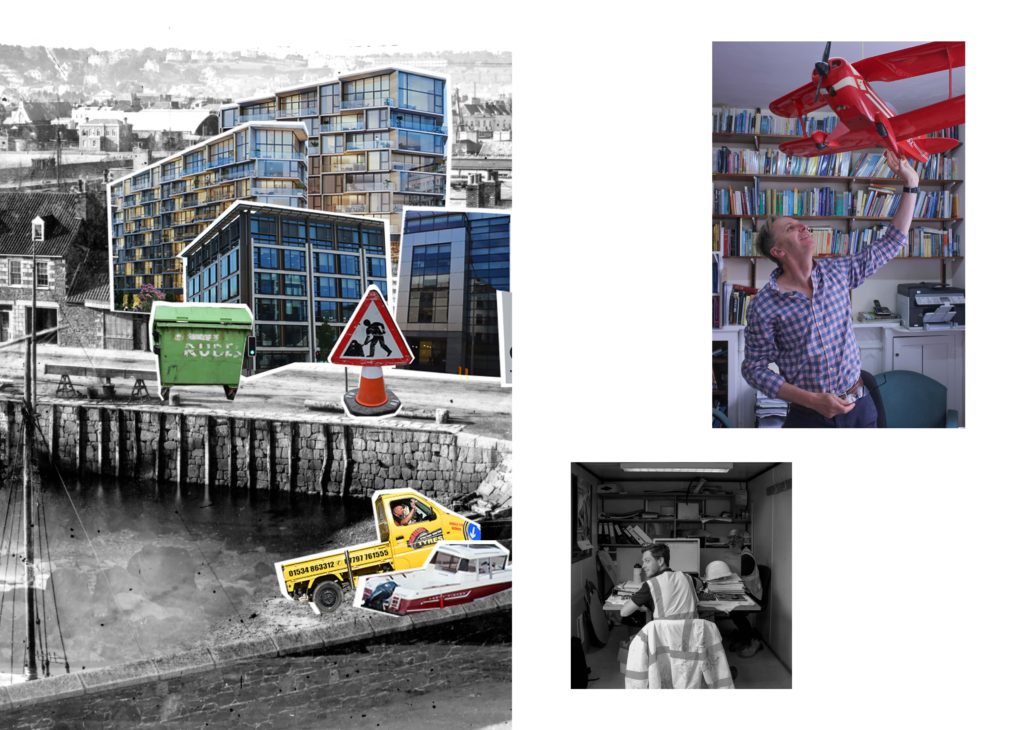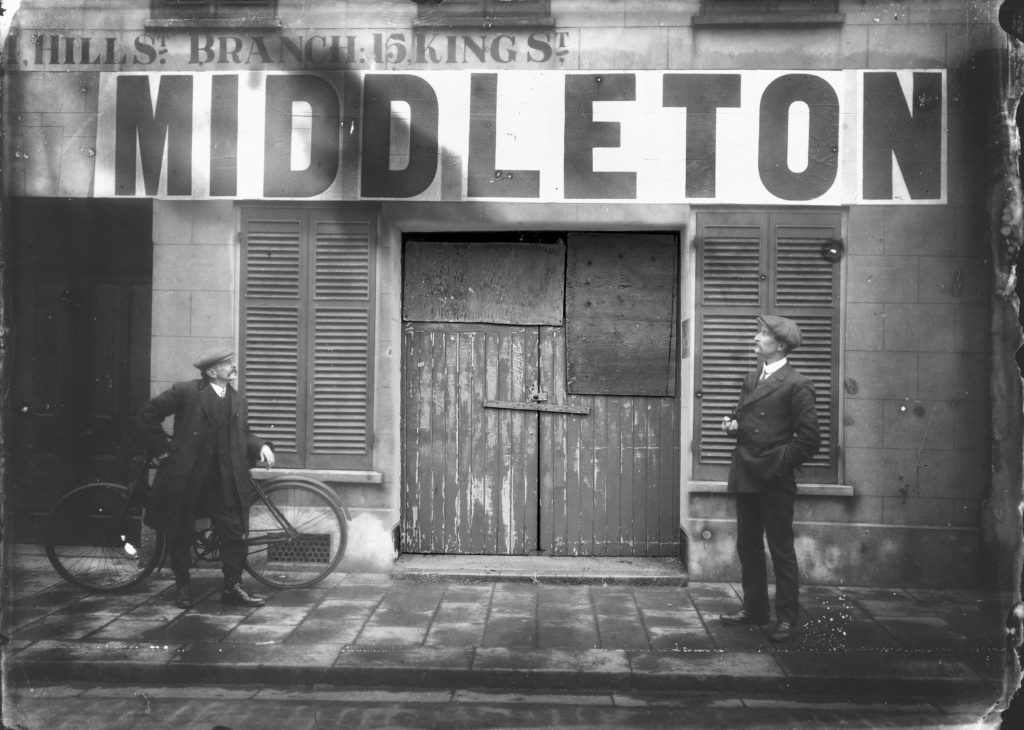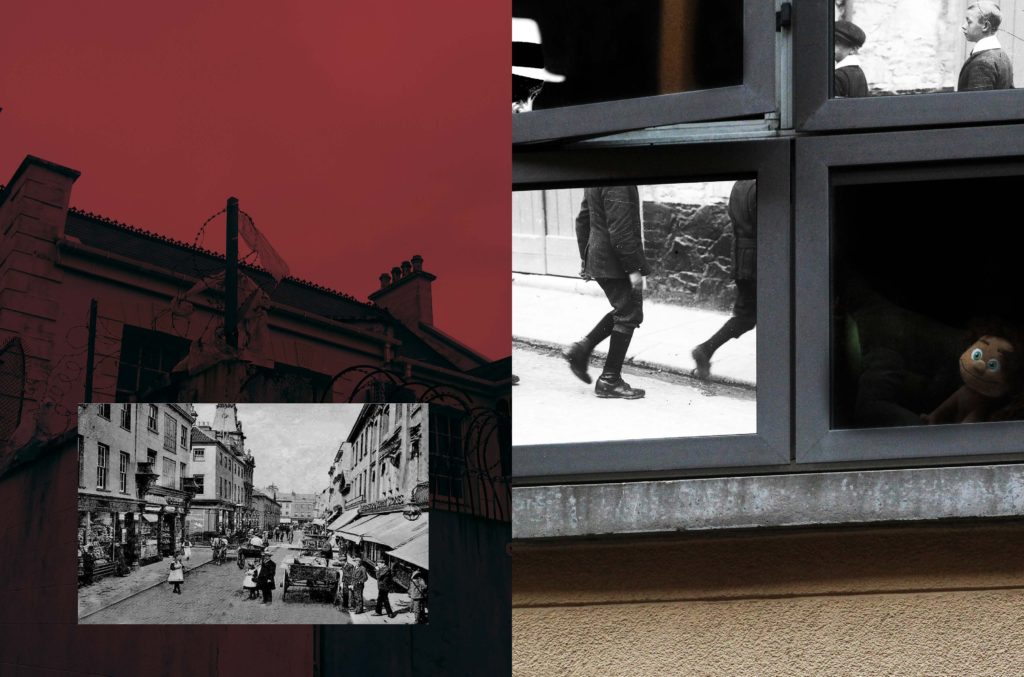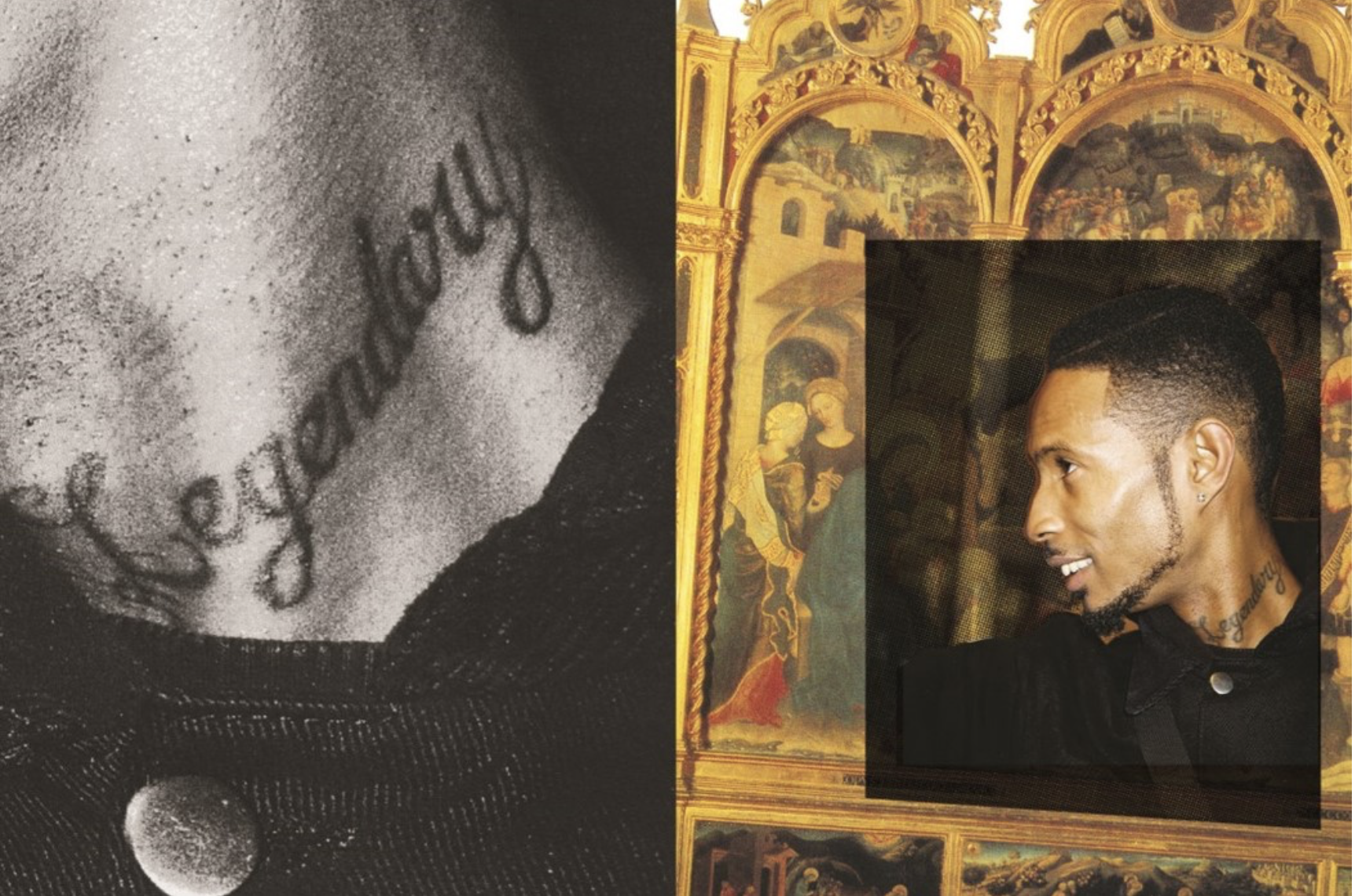J A Mortram is a British social documentary photographer and writer. He is the photographer that produced the first zine in my previous post – the zine is from his ongoing project titled ‘Small Town Intertia’. Mortram records the lives of the disadvantaged and marginalised, making repeated visits with a number of people living within three miles of his home. The project tells stories of “isolation, poverty, drug abuse, homelesness, self-harm, mental illness, juvenile crime, and epilepsy”, that Mortram believes are otherwise under-reported.
I chose to study J A Mortram because he looks at individuals in the present tense but he also goes back and visits to see development and change, as we are doing in the ‘Future of St. Helier’ project. His photographs appeal to me as they are very bold and look at sensitive subjects such as mental illness and drug abuse. The high contrast photographs all blend together well to create a strong collection of photographs.
Mood Board




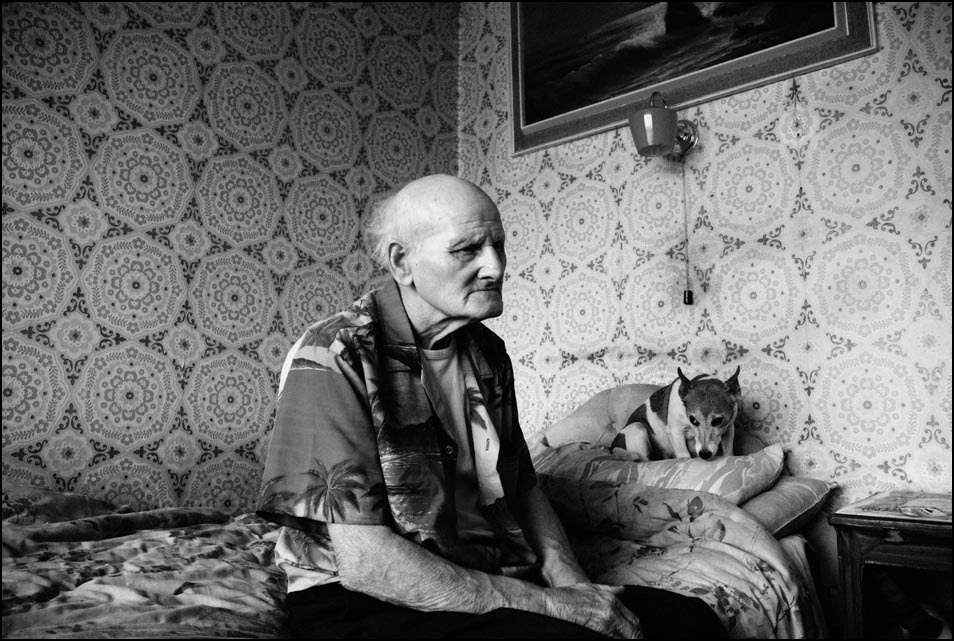
Analysis

This photograph appears to use the dim natural lighting within the household in order to create a dark and contrasting atmosphere. This contrasting atmosphere creates some areas in the photograph where the subject is over-exposed such as the body of the man hugging the dog – this goes towards creating an even more dramatic feeling to the photograph. A short-medium depth of field seems to have been used as the photograph starts to fade out towards the edges – possibly due to the vignette effect. A quick shutter speed no slower than 1/60 appears to have been used as well due to the dark nature of the photograph, this dark nature may have further been emphasised by the use of a low ISO.
The photograph is also in black and white which creates an idea that there isn’t much happiness or positive energy in the subjects, it makes the setting seem very dark and draining. There is a very wide range of tones within the photograph as in parts it is nearly fully black where as in others it is bright white. There are many subjects in the photograph to lead the eye too but the initial subject that caught my eye was the table in the middle – possibly due to it being at the forefront of the photograph presenting the mess in the photograph. This gives the photograph a slightly 3D effect.
This photograph is from his zine titled ‘Diary Entries’ from his ongoing project ‘Small Town Intertia’ in which Mortram records the lives of the disadvantaged and marginalised, which can clearly be seen in this photograph as there is mess everywhere and it is obviously not a pleasant place to be living in.
I feel that Mortram is trying to shed some light on the disadvantaged and how they live by showing the rest of the world through his photographs and zines. Mortram says that these topics such as drug-abuse and homelessness are under-reported so this is his attempt to show people how privileged they are.

This photograph using natural lighting in order to convey the fact that this photograph is in the style of documentary street photography. The natural light ties in with the idea that these are just normal people living their lives and the photographs are not staged. It is quite a contrasting photograph in order to create a dark/glum atmosphere – which the setting in the background does itself. A deep depth of field has been used to take this photograph as the whole of the photograph is in focus. A quick shutter speed of around 1/60 will have been used to take this photograph due to the natural daylight. A low ISO has most likely been used here as the photograph is quite dark but not underexposed.
The photograph is also in black and white which shows how bleak and possibly hopeless the life of the subject it. There is a wide range of tones within the photograph due to the high contrast within it. The eye is lead straight away to the tattoos on the subjects back, which seem like a bad decision to most people and so further pushing the idea of what setting this is in. The photograph does not have many layers to it – only the man in the foreground and the walls in the background so there isn’t a major 3D effect within this photograph.
This photograph is another photograph from his ongoing project ‘Small Town Intertia’ in which Mortram records the lives of the disadvantaged and marginalised. Here Mortram shows someone that has made bad decisions and doesn’t seem to be in a pleasant setting to emphasise the idea that they are marginalised.
I feel that with this photograph Mortram is trying to show that everyone has their own unique properties and stories – he is emphasising that the marginalised and disadvantages are no different to the privileged in the sense that they make their own memories but in their own way.








